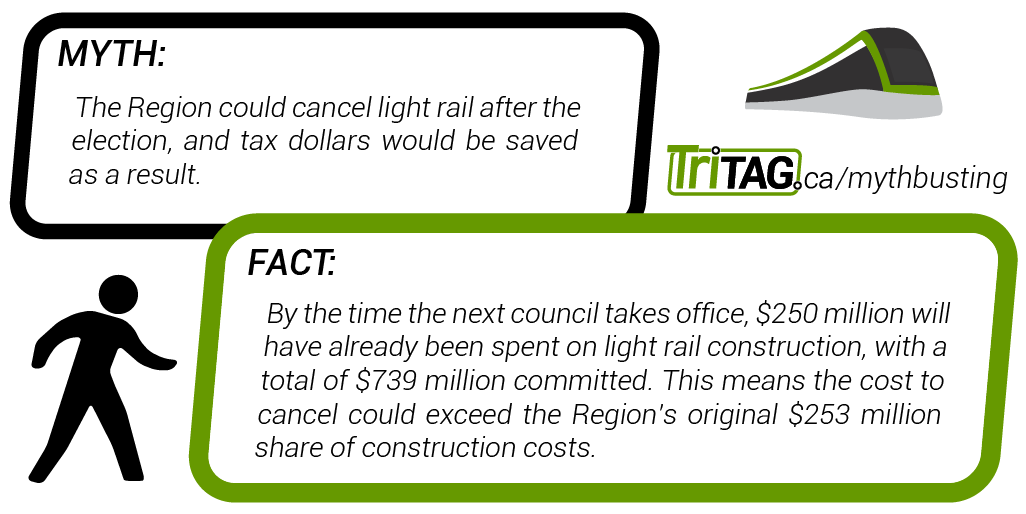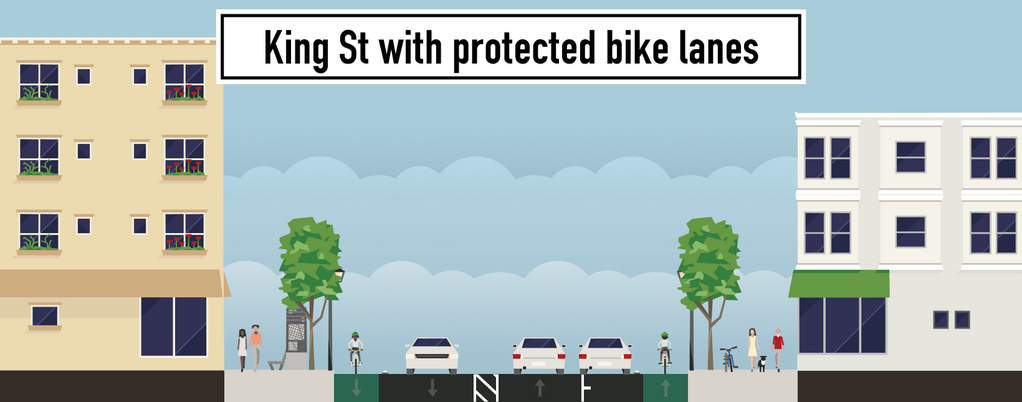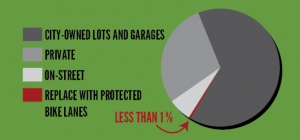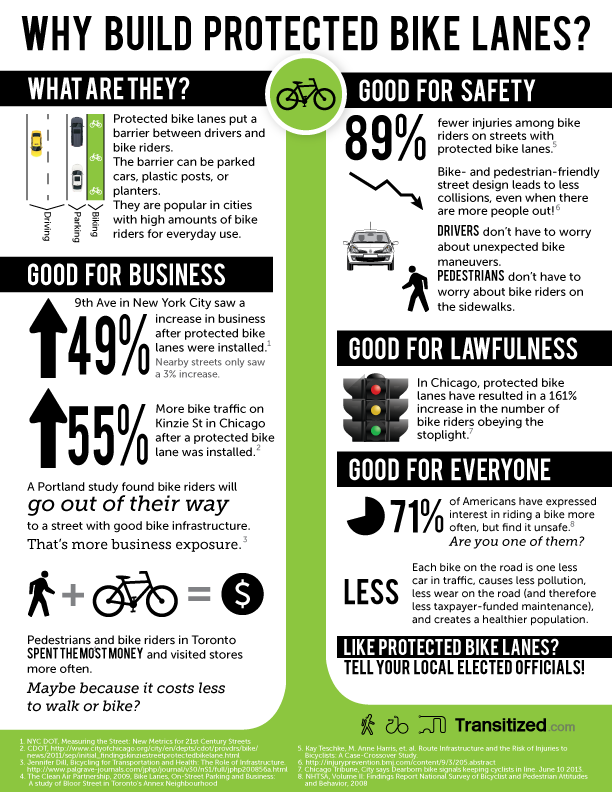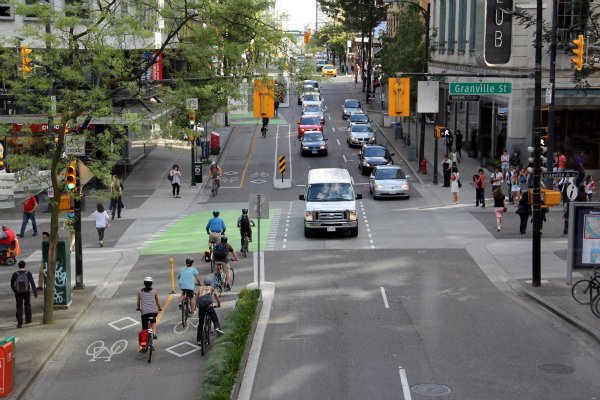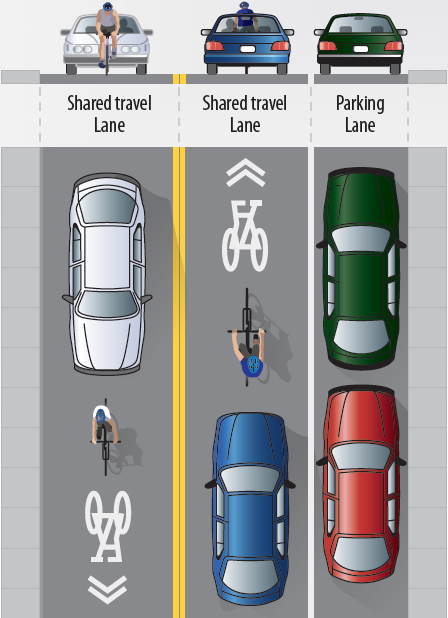All posts by Chris Klein
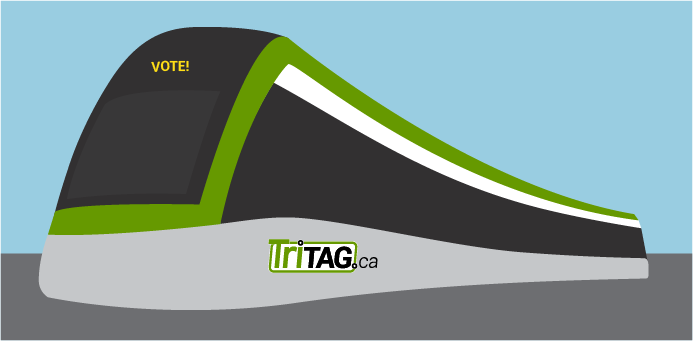
Mythbusting the election: A week-long series
Monday: Myth #1 “We can save money by cancelling LRT”
Tuesday: Myth #2 “LRT will be more expensive to operate than buses”
Wednesday: Myth #3: “Cancelling LRT will lower your taxes.”
Thursday: Myth #4: “We will be $1.6 billion in debt by 2024.”
Friday: Myth #5: “LRT won’t benefit me.”
It’s election time in Waterloo Region, and it’s getting a bit crazy out there. While many candidates are presenting strong ideas and platforms, a few opportunists have carved out a “cancel LRT” niche, and they’re not afraid to kick the facts to the curbside to sell it. TriTAG is calling them out.
If you’ve been following us for a while, you’ll know that TriTAG has supported ION as a good plan to bring rapid transit to Waterloo Region. But we have also challenged the project team to make ION even better, sometimes being sharply critical of some decisions they have made. TriTAG wants to see ION be the best it can be: light rail will bring a lot of change to our cities, and will bring real transportation choice to many thousands of people. We have to get it right.
But change naturally has some voters concerned, and a few politicians are trying to cash in with single-issue campaigns designed to play up to people’s fears. That’s where we come in. TriTAG is going to put the myths being spread during this election to the test, to help you make your vote an informed one.
We hope you’ll join us.
Want to learn more?
- TriTAG Election Candidate Survey: Find out where candidates stand on ION and transit!
- ION’s route, animated: Think it’s just a mall to mall train? Think again.
- ION Infographic: Find out the facts about ION, and how it will benefit you.
Uptown streetscape: be heard!
Hopefully, by now you’ve had a chance to see the new proposal for Uptown Waterloo’s new streetscape, and how King St. could be reshaped all the way from Erb up to University. If you haven’t, go ahead and take a look at the public information boards presented last Thursday. You can also read more about the project’s evolution here.
This proposal needs your support. Please provide your feedback on the Uptown Streetscape project by email to Barb Magee Turner (barb.mageeturner@waterloo.ca) and Eric Saunderson (esaunderson@regionofwaterloo.ca) by Thursday June 12th! Tell them what you like about it, how you see yourself using it, and any suggestions for further improvement. NEW: Write to the project managers and members of council with our easy contact form.
Not sold on protected bike lanes yet? Check out our infographic. Or, read on for more details on why this is the right fit for uptown.
TriTAG believes the new proposal is a vast improvement over the November 2013 plan. Whereas the old plan was presenting awkward and potentially dangerous cycling infrastructure, the protected bike lane solution for Uptown isn’t just good for cyclists, but for everyone.
The presence of protected bicycle lanes will help to attract people to uptown by bike, including many who do not cycle now, some who do bike but avoid King St, as well as the influx of thousands of new residents coming to the intensifying King St. corridor. This increase of cycling is the experience of cities like Montreal, Chicago, Philadelphia, New York and Washington DC and was the subject of a recent study that found that protected bike lanes led to ridership growth of 21 to 171 per cent. Furthermore, this trend also appears to be a boost to business along the route.
Add to all this new data showing that protected bike lanes and their intersections don’t just feel safe, they’re also very safe in practice.
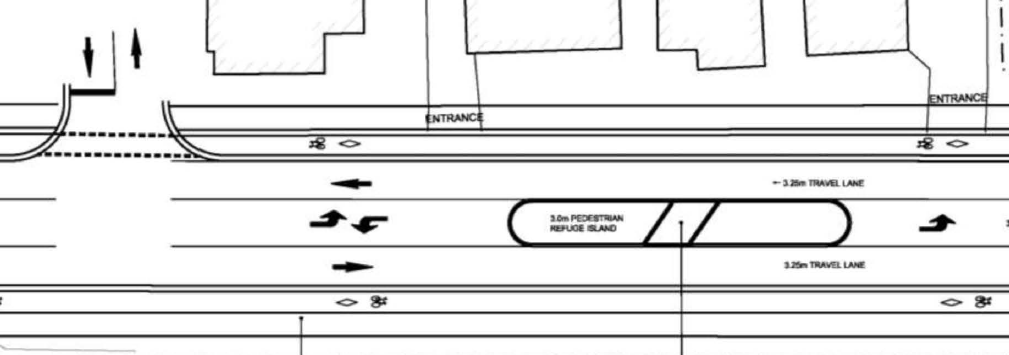
King St. North will serve everyone better with protected bike lanes, pedestrian islands and turn lanes.
But ultimately, every customer of a King St. business arrives on foot whether they travel by car, bike or transit. The new proposal shines here, too. Space will allow for both wider, more welcoming sidewalks, and increased ability for pedestrians to cross King St. by slowing traffic, introducing crossing islands, and reducing crossing distances. Meanwhile, the protected bicycle lanes will get cyclists off the sidewalks and provide an extra buffer from traffic that will make the pedestrian realm even more comfortable.
It’s unfortunate that for a few, none of this matters as much as the removal of 22 on-street parking spaces. But as we have pointed out before, this is a tiny fraction– less than 1%– of the Uptown parking supply. Furthermore, these lost spaces will be more than replaced by a new planned parking lot, with the opportunity to adjust to parking demands along side streets and with new development.
Space along King St. is precious, and we should be using it to its maximum effect. A small reduction in space for car storage gives us the chance to build an Uptown that is human-friendly, designed to safely move all road users, and truly welcoming. TriTAG believes this is a trade worth making, and we hope you agree.
LRT fundamentals never stronger
Some pretty amazing numbers are shedding light on the future of light rail in Waterloo region.
This week, regional staff showed how eagerly Grand River Transit’s service improvements have been embraced (link is PDF). With 22 million trips served in 2013, transit use has doubled in just 10 years, and GRT is knocking over ridership targets years early. In Ontario, only two systems (Brampton and York) grew faster, each against a backdrop of exploding population. Waterloo region has grown in size too, but is unique for how strongly transit use has grown per capita.

Why build protected bike lanes?
Check out this great one page summary on the benefits of protected bike lanes. It speaks for itself.
(Hat tip to Transitized for the great infographic!)
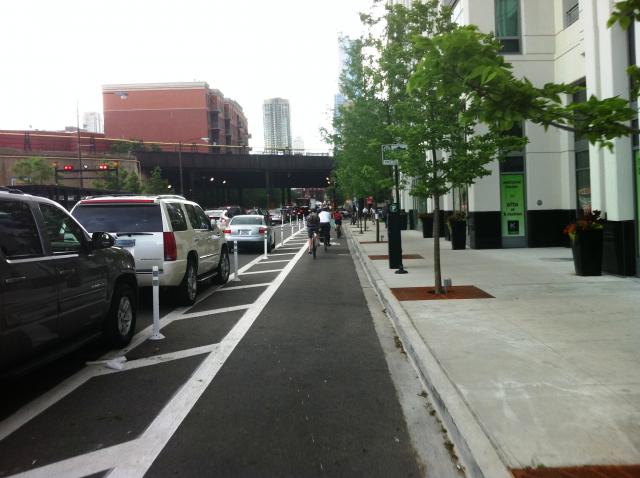
Could Uptown be Waterloo’s first protected bike way?

Uptown streetscape: lots of room for improvement. (image courtesy City of Waterloo)
Do you bike through Uptown Waterloo? What if you could ride along King Street protected from traffic by a curb and parked cars?
In a few years, King Street’s pedestrian-hostile four lane thoroughfare will be a thing of the past between downtown Kitchener and Waterloo Town Square. Implementing ION will mean removing two of those lanes.
In light of this, the city of Waterloo (in partnership with the region) wants to improve King from Erb St. all the way up to University Avenue. Their plan: trim the redundant road lanes that would dead end in Uptown, and use the room to provide better access for people on foot or bike. The goal: create a friendlier, safer Uptown with space for people to move around, shop, and enjoy the scenery, while smoothing traffic flow along King. As part of this plan, the city proposes to paint traditional bike lanes of sub-standard width in between rows of parking and road lanes heavy with cars and buses.
We think they could do a lot better: instead of sandwiching cyclists between open car doors and moving traffic, why not use those parked cars to protect people on bikes? King Street may be the perfect location for Waterloo to implement its very first protected bike lanes.
Protected bike lanes are paths for bikes along roads but separated from traffic by a curb, parked cars, or other barriers like planters. With as many as 60% of people interested in cycling but concerned about safety, protected bike lanes are cycling infrastructure for the rest of us. And their popularity has exploded, in places like New York, Toronto, Vancouver, Ottawa, and Montreal. Even Guelph has installed curb-protected bike lanes on part of Stone Road: providing a friendly space for bikes has greatly reduced the amount of people riding their bikes on the sidewalk.
Protected bike lanes are effective because they feel much safer for casual riders and their families. How safe are they really? One study took a look at protected bike lanes in Montreal, and found that they substantially reduce injuries while attracting riders from less bike-friendly roads. The University of British Columbia has shown that on top of being preferable, protected bike lanes get top marks for safety.
But what’s in it for Uptown? Business owners and merchants, who customarily focus on more parking to bring in customers, could stand to reap huge dividends from the presence of friendly bike infrastructure. A study of Bloor West in Toronto found that pedestrians and cyclists visit local businesses the most often and spend more money than motorists. New York created the United States’ first protected bike lanes on 9th Avenue and consequently, businesses there saw a 49% increase in retail sales. Closer to home, Waterloo’s ongoing intensification means that number of potential customers within walking and cycling distances of Uptown is growing rapidly.
Protected bike lanes are coming eventually: evidence keeps building on the benefit they can provide to our urban environment, and they’re starting to attract Waterloo’s attention. Councillor Melissa Durrell has said that she would like to see protected bike lanes and we agree with her.
This is where you come in. A good idea needs support! Visit the public consultation (and submit your feedback), and write your councillors. Tell them Waterloo needs protected bike lanes. To make cycling accessible and safe for everyone, and to keep our Uptown vibrant and healthy, we need to be heard: It’s time for protected bike lanes in Waterloo.
Dog days of summer…
It’s been a long and busy summer and all has been quiet on our blog. But there’s lots going on:
In a major step forward, the Region of Waterloo has signed a deal for LRT vehicles and even arranged to bring Bombardier’s demo model to downtown Kitchener for a few days. The project moves steadily forward, so far on budget and on schedule.
Speaking of downtown Kitchener, the King Street bike sharrows are in place. Have you seen them? Have you used them? Are they working? We’ll be working with the city of Kitchener later this year to measure their effect.
Cycling is on everyone’s radar these days. The newest edition of the Ontario Driver’s Handbook has a much expanded section on sharing the road safely with cyclists. Hopefully we’ll see them on shelves soon!
Finally, big changes coming to transit in Waterloo with the launch of the 202 iXpress across University avenue and expansion and alteration of other routes. We’ll see 15-minute daytime frequency– or better!– across all three iXpress routes, as GRT works its way towards a more robust and frequent grid transit system. All the details are here.
May your summer treat you well as you walk, cycle, transit and drive your way across Waterloo Region!

Supporting an evidence-based approach to cycling infrastructure
As many readers may be aware, Kitchener is proceeding with a plan to introduce sharrows to King Street in downtown Kitchener, along with new bike racks, public events, and other measures designed to make promote cycling and improve the understanding of sharing the road among cyclists and motorists.
TriTAG supports the proposals in the Cycling Facilities and Downtown Branding report – the City staff responsible should be commended with such forward-thinking initiatives and thorough analysis. We would like to speak in particular about the plan to add sharrows to King Street in downtown Kitchener, and the critical importance of measuring the effect of this improvement.
In 2010, TriTAG saw an opportunity to measure the effects of new cycling lanes and markers in the city of Guelph. Over the next two years, we were able to gather evidence that showed: More citizens chose to cycle, and fewer rode on the sidewalk. This report has been of great use to the City of Guelph – all from a few volunteers taking time off of work to sit in brisk early morning temperatures at the side of the road with clipboards. If we’d had the right resources to allocate to further study, we would have been able to accomplish even more.
The “Kitchener Cycling Branding and Downtown Cycling Facilities” report draws from the experience of cities like San Francisco, Miami Beach, Seattle, and Cambridge, Massachusetts. Experience there suggests that sharrows can work well where space is at a premium and traffic speed is low – but we lack study of local examples. In light of this, Kitchener staff, in collaboration with TriTAG and the Kitchener Cycling Advisory Committee, have developed a plan to measure the effect of sharrows in the downtown. We commend council’s support of the study – to assign a few hours of staff and volunteer time to measure the impact of this modest but important investment – because we believe that the sharrows approved for King Street can have a big impact – and that the city should have the proof to back up the success of their initiative.
Why stop here? We would love to see Kitchener take a more rigorous approach to measuring cycling traffic. Plans to gauge the effect of new cycling infrastructure over time ought to be routine. Our city needs to understand cause and effect if we’re going to live up to the cycling master plan’s vision of doubling cycling trips every three to five years. Learning what works is important – without measuring, we cannot truly say what works and what doesn’t.
As this report shows, we can learn from the experiences of other cities; with the addition of better measurement on our part, not only can we learn from our own experiences as well, but we can provide Kitchener’s hard data approach to measurement as a gold standard when other communities come calling to ask how we built a more efficient and complete cycling network.
Recent Trends Favour LRT
We read with interest an opinion piece in the Cambridge Times by John Shortreed about a number of developments which, he claims, require us to reconsider our decision to proceed with the construction of Light Rail Transit in Waterloo Region. He raises interesting points.
However, he may be dismayed that we don’t agree with his conclusions. In fact, Shortreed unwittingly presents strong evidence which validates the LRT project.
He points out that a population shift is occurring right now, as condominium building has accelerated within our cores, and asserts that this trend makes LRT redundant as an intensifier. Unfortunately, he ignores the effect of LRT approval on this same process: now that plans are firm and station locations have been identified, development has picked up pace. The Red Condominiums, a second building proposal at 144 Park, a long awaited new “Waterloo Commons” development at the NCR property in North Waterloo and an accompanying development next to it– pointedly named Northfield Station— are just some of the developments unleashed now that LRT is in active planning.
It goes against common sense to view this as evidence that we don’t need LRT for intensification while ignoring the effect LRT is already having on them. But perhaps Shortreed has a point. Perhaps intensification is a natural force, driven by shifting demographics and the increasing cost of unsustainable sprawl, and rail transit’s proven effects on driving intensification are superfluous.
If so, we must plan for an urban form that will be well served by rail transit, and an aging population who will be increasingly unable (physically or financially) to get around by private automobile. We must also face the growing attractiveness of urban life to young professionals. These factors will continue to drive demand for transit.
Speaking of demand for transit, Shortreed also identifies rapid uptake of the iXpress system, as it continues to knock down ridership targets ahead of schedule. We agree with Shortreed that iXpress is an unmitigated success, but strongly disagree with his conclusion that it is sufficient for our future needs. This is like pointing at an increasingly busy highway and saying that all that traffic makes the highway a success, but we shouldn’t ever worry about widening it.
In fact, the success of transit in Waterloo Region and the shift in our urban form– driven both by demographics and the attractiveness of light rail along our densest corridor– translate into the kind of ridership numbers that won’t just validate LRT, they will demand it. iXpress in mixed traffic has some headroom left, but saturation is already in sight. It will be crushed under the weight of its own success. Higher-order transit is required.
Finally, we share Shortreed’s concerns about Waterloo Region census data and the economic difficulties ahead, though our still healthy growth rate is hardly a “Rust Belt”-like decline. Nor should we batten down the hatches in an exercise of damage control: we believe the communities that will weather this economic storm and come out on top will be those that invest in themselves to stay competitive and attractive to new growth, instead of being satisfied to wither away.
The case for Light Rail has never been so compelling.

